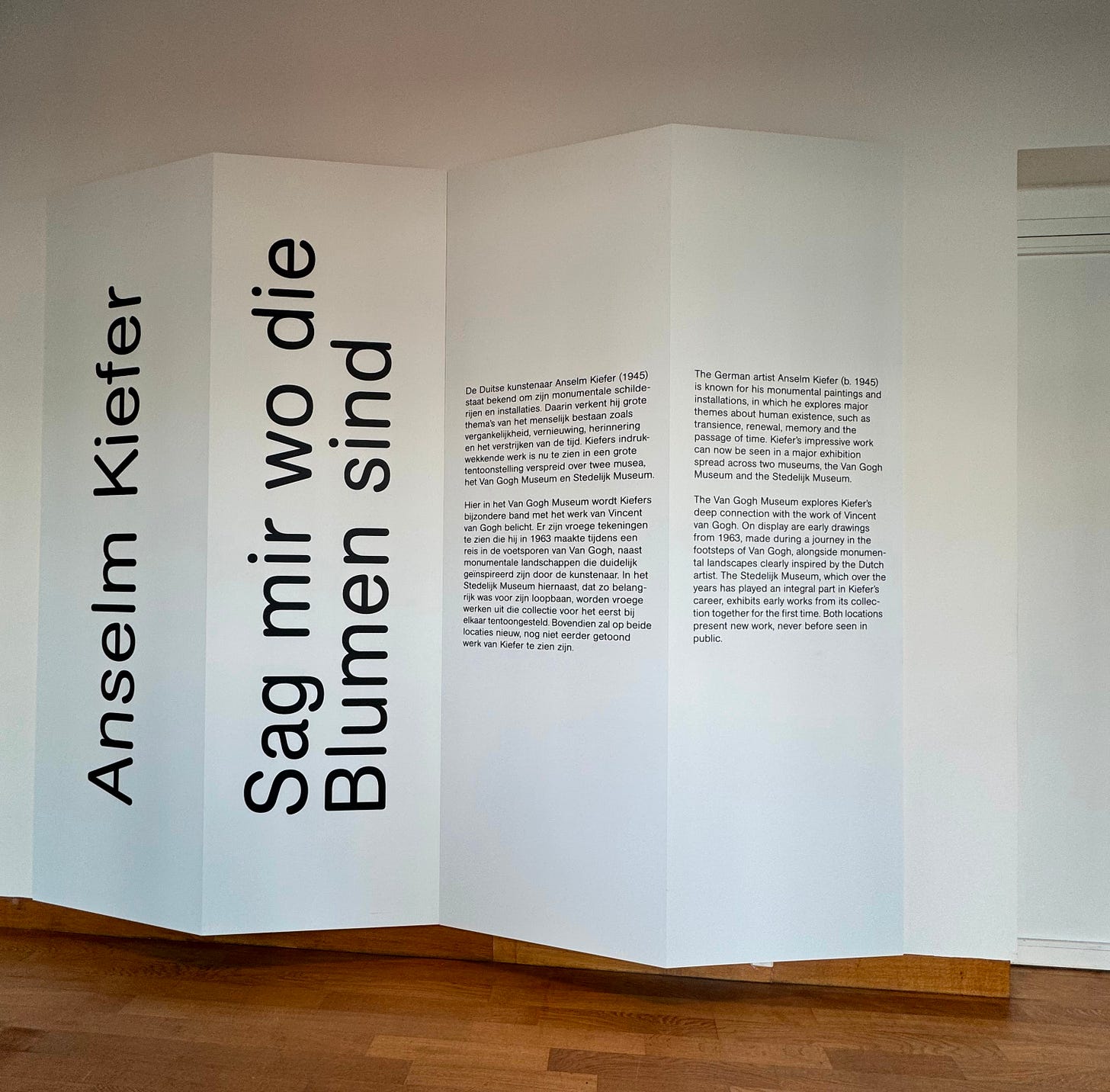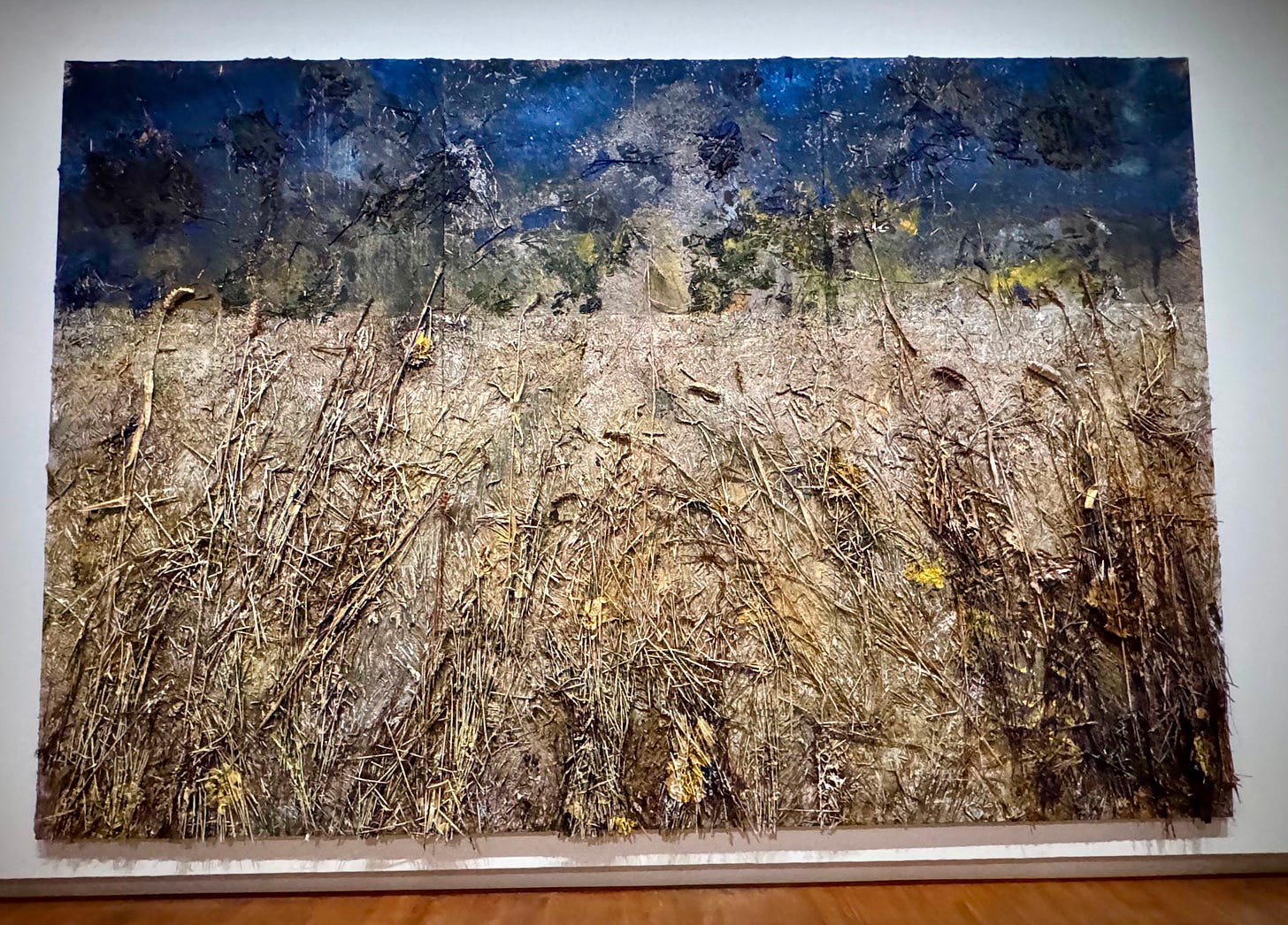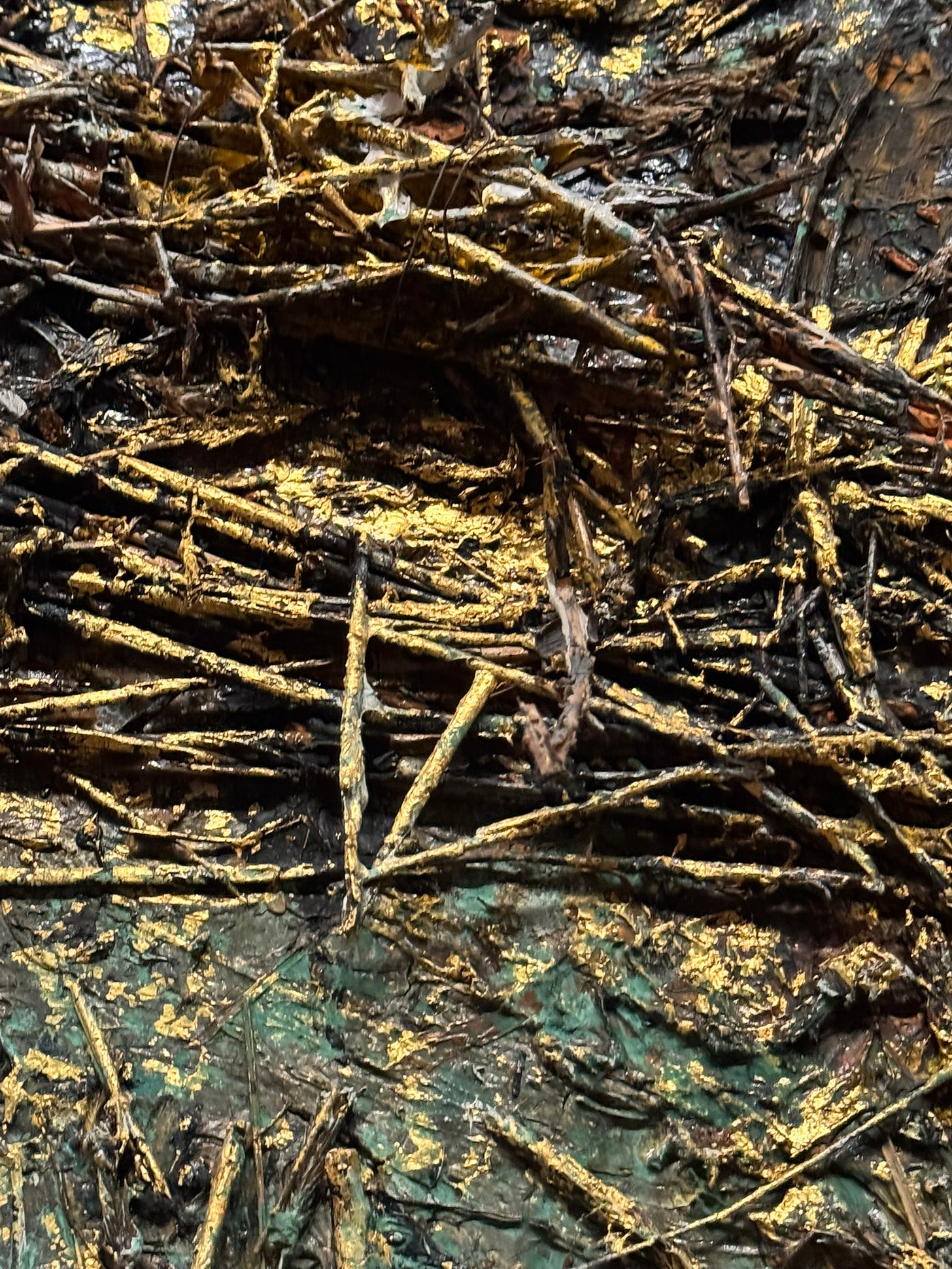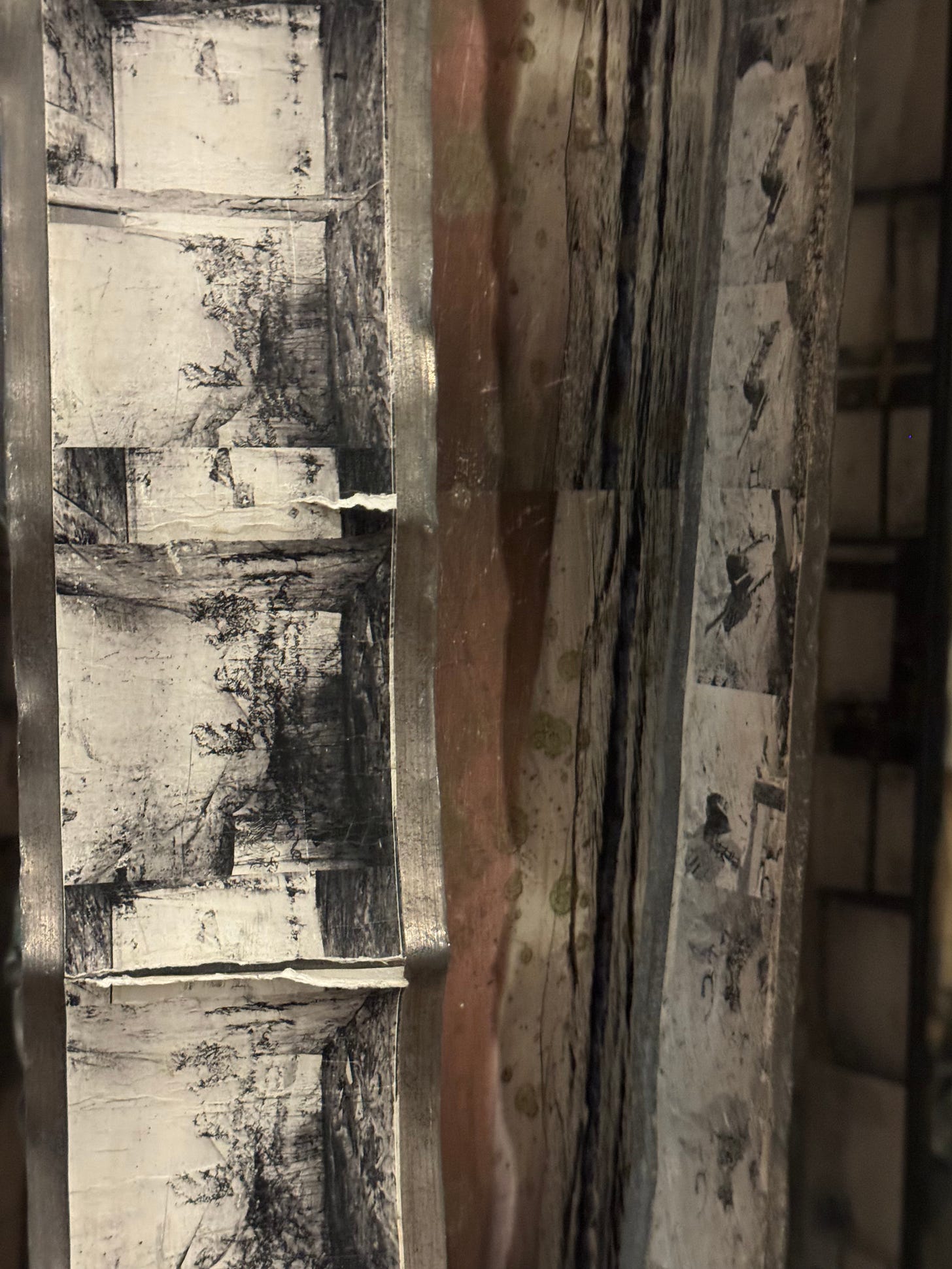Anselm Kiefer. Historian
On the magnificent dual exhibition of German artist Anselm Kiefer in Amsterdam
I am in Germany for the next two months on a fellowship at the Bonn Center for Dependency and Slavery Studies at Bonn University. Before my arrival, I learned about a double exhibition of German artist Anselm Kiefer in Amsterdam. I knew I couldn’t miss it as it’s a rare reunion of two of my loves: Kiefer and Amsterdam. In recent years, I have come to love Amsterdam, a city deeply connected to the history of the Atlantic slave trade and Brazil, the country where I was born and raised. As for Kiefer, I have admired his work for more than thirty years, since I was a Fine Arts college student in Brazil, in other words, when museums and trips to Europe were rare, when university libraries were almost inexistent, and when there were no computers or Internet. I have seen some of his pieces in different exhibitions, but this would be my first time seeing two exhibitions dedicated to his work.
Kiefer was born in Germany in 1945, at the end of the Second World War. His entire oeuvre is influenced by this relationship to time. His work (drawings, paintings, installations) carries the weight of the past that persists in the present: the German past, the Nazi past, and the Holocaust. History and memory are central themes in Kiefer’s work. These themes manifest in his paintings and installations through vast, devastated, dark landscapes. Sometimes the past, particularly the German past, appears in representations of ruins of buildings, reminding us of a past that once was and no longer is, but continues to haunt us. The passage of time and the weight of the past also emerge in the formal treatment of Kiefer’s paintings. His giant canvases are covered by multiple layers of paint (oil, emulsion, shellac) and various natural materials such as straw, clay, and sand, as well as lead and ash.
Before visiting the exhibition, I watched the documentary film Anselm – Das Rauschen der Zeit by Wim Wenders, which traces Kiefer’s journey from childhood to the present, particularly focusing on the work he developed in his magnificent studio-museum, La Ribaute, in Barjac, southern France. So, if you won’t see the exhibition, but want to know more about Kiefer’s work and world, and love Wim Wenders, the documentary film is a good option too.
Sag Mir Wo Die Blumen Sind, the dual (or diptych) exhibition, is currently on view in Amsterdam at the Van Gogh Museum and the Stedelijk Museum Amsterdam. Kiefer’s connection with Van Gogh is part of his history, as he followed Van Gogh’s footsteps when he was a young artist. Some of Kiefer’s monumental paintings are displayed alongside Van Gogh’s works, allowing us to see a dialogue with Van Gogh’s paintings through the presence of landscapes that guide the viewer’s gaze to a single vanishing point. At times, Kiefer offers a new interpretation of Van Gogh’s paintings. However, this dialogue is not without complications. Van Gogh’s paintings are characterized by color, while Kiefer’s works rarely feature any. Texture is also a distinguishing mark of Van Gogh’s paintings through impasto, a technique that involves applying multiple layers of thick oil paint.
The highlight of the exhibition is section two at the Stedelijk Museum Amsterdam. Here, Van Gogh is set aside. In this second section, the monumental Sag mir wo die Blumen sind occupies the museum’s hall and staircase, alongside the installation Steigend, steigend, sinke nieder, composed of photographs from Kiefer’s archive forming stripes that fall from the ceiling like lead film reels. Additionally, at the Stedelijk, visitors can revisit some of Kiefer’s earliest works, including several iconic pieces from the 1980s that are part of the museum’s collections.
Ultimately, through this dual exhibition, Kiefer reaffirms himself as a painter-historian.
If you missed the exhibition in Amsterdam, you can still see it at the Royal Academy of Arts in London, from June 28 to October 26, 2025.
















